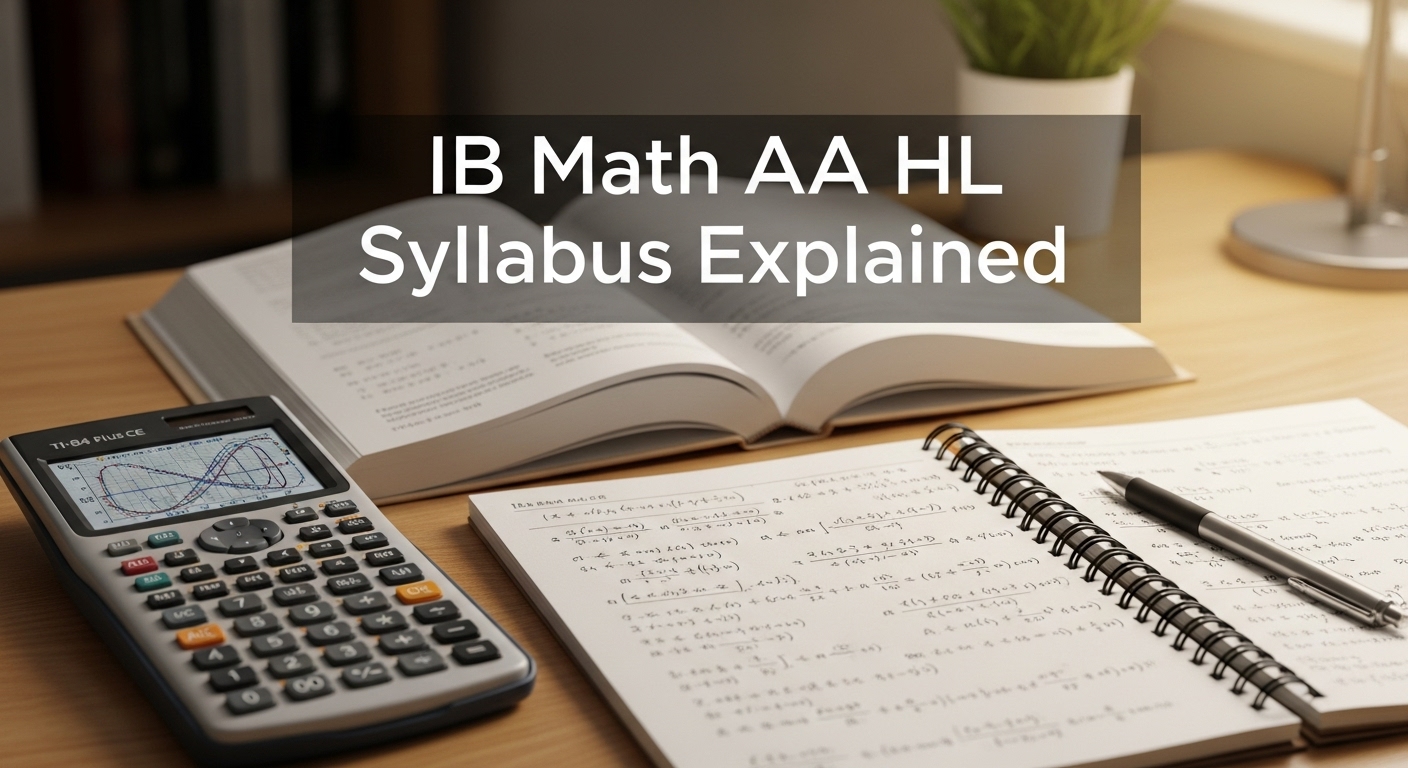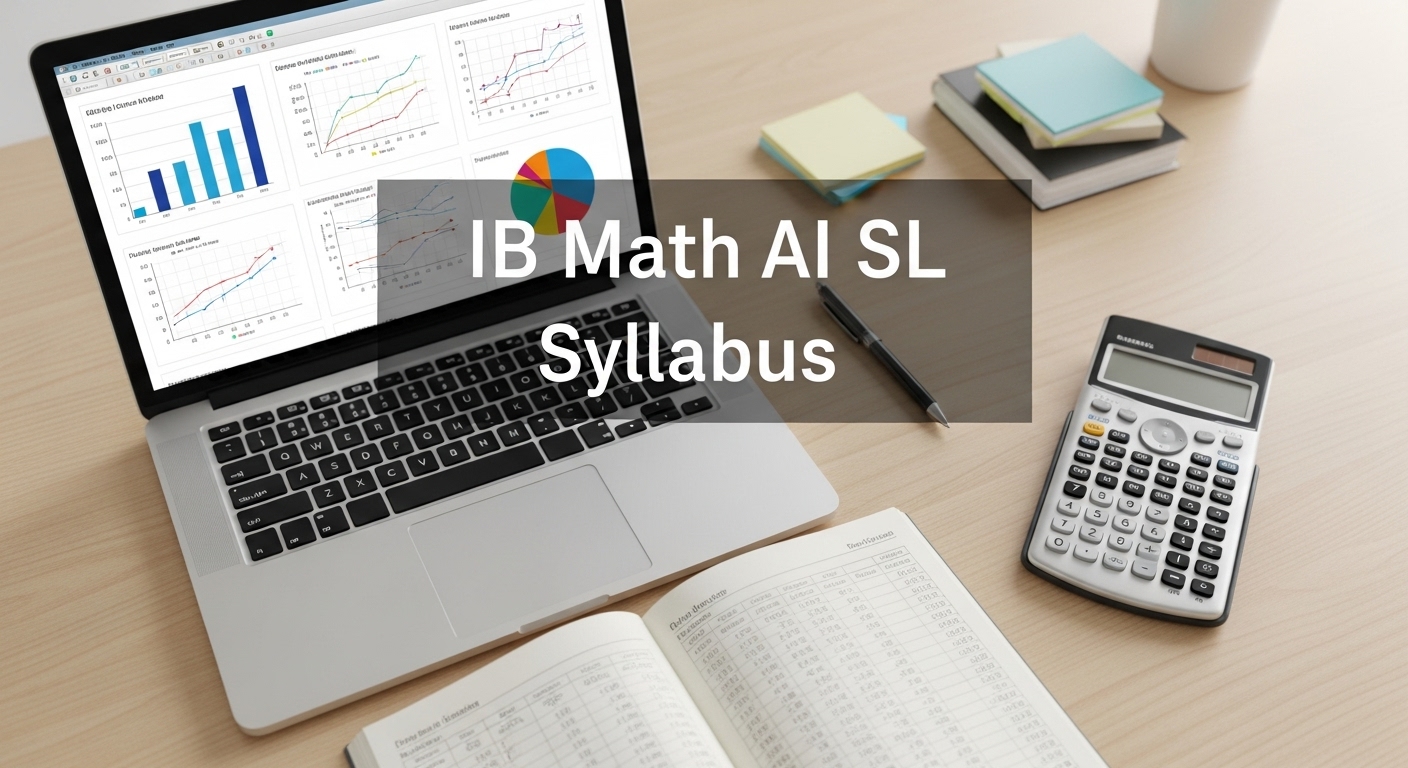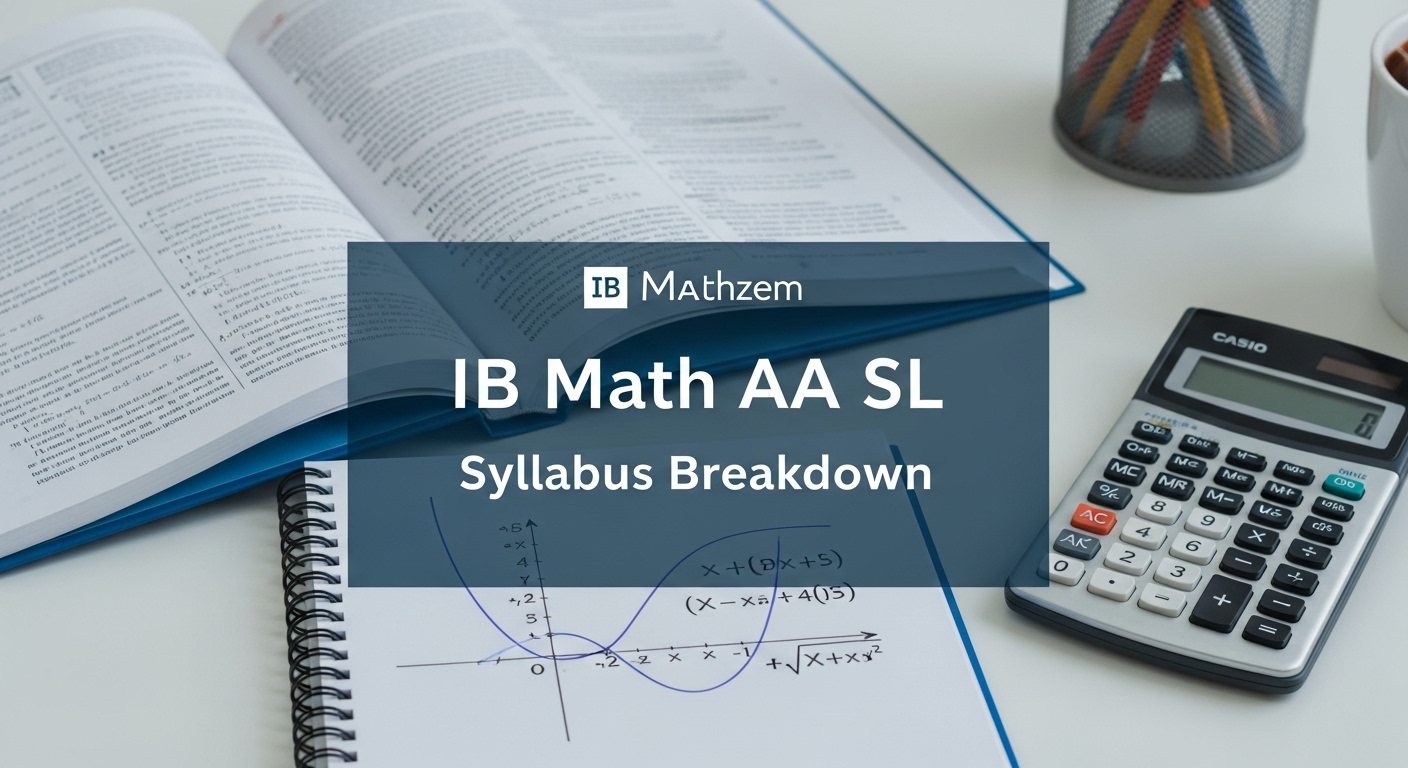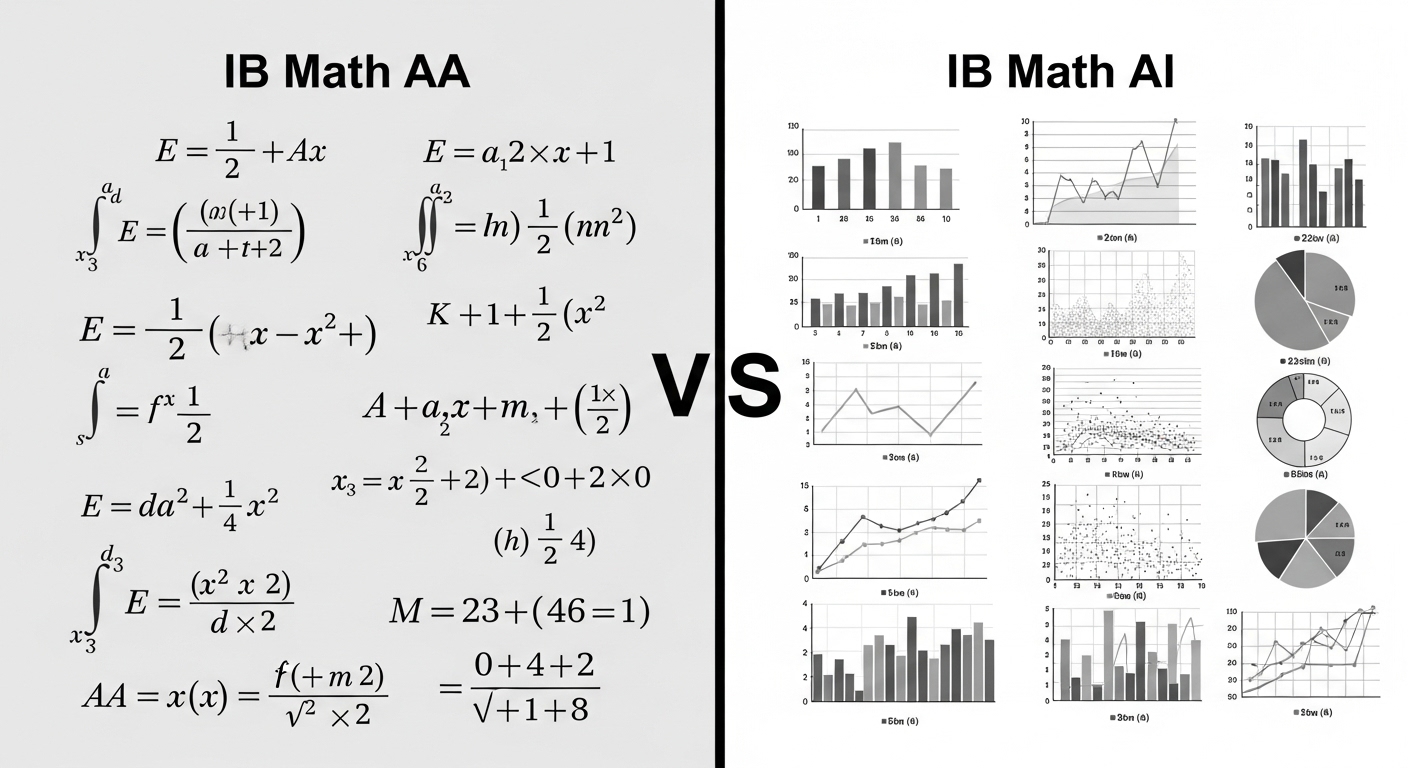Introduction IB Math AA HL Syllabus
The IB Math AA HL syllabus is one of the most rigorous high-school mathematics courses in the world. Designed for students pursuing mathematics, engineering, physics, economics, or computer science, this course builds deep problem-solving ability and advanced analytical skills.
In this expert guide, we’ll break down every topic, show you how the assessments work, share tips from top-scoring HL students, and explain how Mathzem supports learners with structured lessons, group classes, and personalised 1-to-1 support.
Let’s get started.
Table of Contents
What IB Math AA HL is Designed For
If you choose AA HL, you’re choosing:
- Deep algebraic reasoning
- Complex functions and calculus
- Multi-step problem solving
- Mathematical proof and explanation
- Modelling using advanced techniques
Students taking AA HL typically plan to study:
- Engineering
- Mathematics
- Physics
- Computer Science
- Economics
- Architecture
HL requires commitment — but with the right support, it becomes manageable and even rewarding.
IB Math AA HL Syllabus: Complete Topic Breakdown
HL includes all SL topics, but goes deeper, adds new strands, and significantly increases difficulty.
Here’s the full topic breakdown.
Number and Algebra (HL Depth)
HL adds advanced content such as:
- Polynomial division
- Factor and Remainder theorem
- Proof by induction
- Complex numbers (a major HL component)
- Binomial expansion (full version)
Example HL question:
Prove by induction that 2n−12^n – 12n−1 is divisible by 3 for all odd integers n≥1.n \ge 1.n≥1.
Functions
More advanced than SL:
- Transformations with full generality
- Solving equations with multiple methods
- Combining graphical and algebraic reasoning
- Composite/inverse functions in complex scenarios
Students must interpret graphs and algebra simultaneously.
Trigonometry
HL includes:
- Trig identities proof
- Radian measure and arc length
- Compound angle identities
- Solving multi-step trig equations
- Polar form of complex numbers
Trigonometry combines heavily with complex numbers in AA HL.
Calculus (The Most Important HL Topic)
Here’s where HL becomes intense:
- Limits and continuity
- Advanced differentiation techniques
- Related rates
- Optimization problems
- Numerical integration
- Differential equations (HL-only!)
- Taylor/Maclaurin series (major HL component)
Calculus is the highest-weighted topic in AA HL exams.
Vectors (HL Extension)
Topics include:
- Vector equations of lines and planes
- Intersection of lines and planes
- Angle between planes
- Vector proofs
Expect 5–10 mark multi-step vector problems in Paper 3.
Probability and Statistics
Includes:
- Discrete/continuous variables
- Normal distribution
- Binomial distribution
- Statistical modelling
- Expected value
- Covariance and regression
Less intense than AI, but still essential.
IB Math AA HL Assessment Structure
HL has three exams + an IA.
Paper 1 (No Calculator) – 30%
Tests pure algebraic reasoning:
- Proof by induction
- Exact trigonometry
- Algebraic manipulation
- Calculus derivatives
- Complex numbers
You must be skilled, fast, and accurate.
Paper 2 (Calculator Allowed) – 30%
This paper includes:
- Complex calculus
- Integration
- Modeling
- Regression
- Multi-step algebra
Your GDC skills matter a lot here.
Paper 3 (HL Only) – 20%
This is an investigative problem, often seen as the hardest exam.
Topics include:
- Complex real-world modelling
- Differential equations
- Deep calculus
- Advanced trigonometry
- Non-routine problems
Mathzem offers Paper 3 preparation classes, helping students understand typical question patterns.
The IA (20%) – Internal Assessment
A mathematical exploration between 12–20 pages.
Good HL IA topics include:
- Modelling roller coaster drops
- Predicting population growth using DEs
- Optimisation in architecture
- Mathematics of encryption
- Fractals and chaos theory
Mathzem supports students with topic selection, structure, and feedback.
Is IB Math AA HL Hard?
Yes, it is significantly harder than AA SL.
Students struggle most with:
- Complex numbers
- Paper 3 structure
- Differential equations
- Proof by induction
- Taylor series
But with consistent study and HL-appropriate resources, most students improve quickly.
How to Study IB Math AA HL Effectively
Top achievers use these strategies:
Master SL Content First
If your foundation is weak, HL becomes overwhelming.
Use Past Papers Weekly
Start early, ideally five months before exams.
Focus Heavily on Calculus
Calculus forms up to 45% of your total marks.
Learn Your Calculator Deeply
Know how to:
- Graph functions
- Solve equations
- Use derivatives and integrals
- Model statistically
Students lose easy marks through poor calculator skills.
Join a Structured Class or 1-to-1 Program
Many HL students benefit from guided support.
Mathzem provides:
- AA HL self-study lessons
- Group learning sessions
- 1-to-1 personalised tutoring
- Paper-specific exam training
Self-Learning vs Group Classes vs One-to-One Tutoring
Here is a clear comparison for IB students.
Self-Learning
Best for independent learners.
- Full flexibility
- Pause and replay lessons
- Cost-effective
- Works well if you have strong discipline
Mathzem’s free IB courses support self-learners powerfully.
Group Learning
Great for students who enjoy structure.
- Learn with peers
- Motivating environment
- Tutor-led topic explanations
- Affordable compared to 1-to-1
Group classes help maintain consistent progress.
One-to-One Tutoring
Best for fast progress.
- 100% personalised
- Focus on weaknesses
- Faster exam improvement
- Perfect for Paper 3 or calculus struggles
Mathzem’s 1-to-1 programs are ideal for high-scoring goals.
Mathzem Pricing Options
See all tutoring, group class, and self-study membership plans:
https://mathzem.com/membership-pricing/
Conclusion
The IB Math AA HL syllabus is challenging but incredibly rewarding. With the right resources, consistent practice, and structured support, any student can significantly improve their grade and develop real mathematical thinking.
Mathzem gives students everything they need—self-study, group lessons, or full 1-to-1 tutoring—to succeed confidently in HL mathematics.





